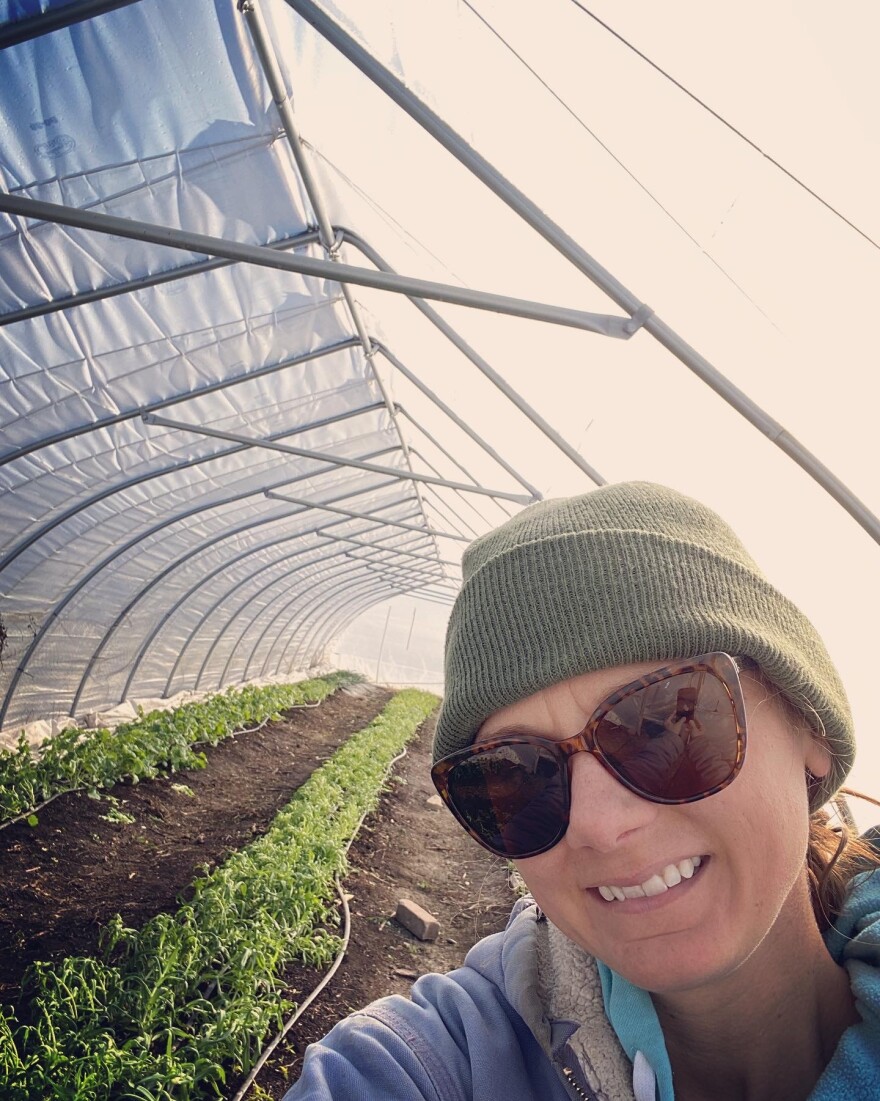As planting season approaches for farmers across the Midwest, large parts of many states are still in a drought.
The latest update from the U.S. Drought Monitor shows the upper Mississippi River from Minnesota to Missouri is surrounded by moderate to severe drought conditions, with a portion of northeast Iowa in extreme drought. Some parts of the Midwest have been dealing with drought since mid-2020.
Although winter rainfall improved conditions in some parts of the region, the outlook is still challenging for Midwest farmers. While warm temperatures made it easier for the ground to absorb water, it also made it easier for water to evaporate from the soil after snow or rain. Now, dryness concerns are starting to pop up throughout the corn belt, said Dennis Todey, director of the U.S. Department of Agriculture’s Midwest Climate Hub.
“We're kind of getting hit from both sides this way,” Todey said. “It’s just not getting enough water back in the soil and we're already losing it back to the atmosphere. And this just continues to worsen as the spring goes along.”
Officials with the Army Corps of Engineers and supporting agencies laid out the long-term issues within the Missouri River Basin on a call Thursday. Large parts of the basin have been experiencing lower than normal precipitation along with higher than normal temperatures.
“It's going to take some time and quite a bit of above normal precipitation to ever fill those lower, if you will, lower buckets or lower levels of soil and groundwater in the basin,” said Doug Kluck, Central Region Climate Services director for the National Oceanic and Atmospheric Administration.
On top of the drought, the U.S. just recorded its warmest winter on record. That was also the case in the Midwest and Great Plains, where Iowa, Michigan, Minnesota, North Dakota, and Wisconsin each recorded their warmest winters. Northern parts of the Midwest have been running 12 to 16 degrees above normal in the last month, said Todey.
“The numbers we're dealing with this winter are astounding in the way of temperatures,” he said.
Some of that warmth is because of the El Niño weather pattern, but that is just part of the story. Todey said while it is difficult to connect climate change to an individual event like this drought, there are signs of a changing climate in what the Midwest is experiencing now.
“An El Niño winter in the Upper Midwest has a better chance of being warmer than average, and it has been,” Todey said. “But we're also seeing a long-term trend that is due to climate change in the way of warming winters. So those two fingerprints were all over this winter.”
As the climate continues to warm, the Midwest will face intensification of extreme weather in the Mississippi River Basin, said Jason Knouft, a professor at St. Louis University. That will create challenges for systems that rely on the Mississippi, like agriculture, the economy and energy production.
“We can expect to see more intense droughts and more intense flooding events,” Knouft said. “In terms of the river and in terms of the water cycle, I think that is what we need to prepare for.”

The drought is changing the calculus for some farmers as they decide how to run their businesses.
Bright Hope Family Farm owner Lainey Johnson recently switched to exclusively growing flowers at her farm in southeast Nebraska, an area that is currently experiencing moderate to severe drought according to the U.S. Drought Monitor. She made the change after seeing especially low yields for her garlic crop last year, which she attributes to drought.
“Flowers are more profitable, but also they have a lot less water needs,” Johnson said. “And so we also transitioned as much as possible to drip irrigation to just be watering less and getting water directly to where the plants need it. We've kind of got a system down with becoming more resilient towards the drought.”
Johnson is president of Women in Local Food and Farming. She said the farmers she’s connected with that have row crops or pasture for livestock are struggling the most.
“We chat about the drought and how it's affecting our farms and our businesses, and just kind of try to brainstorm and support each other,” Johnson said.
There could be one silver lining for farmers in this ongoing drought. Over the past few decades, a more common complaint in spring was soil that was too wet for planting, said Todey. This dryness could allow farmers to plant earlier than usual.
“That part's not a bad thing,” Todey said. “But we are going to continue to be very dependent on rainfalls as we go along through the year, because we don't have that moisture in the profile.”
This story was produced in partnership with Harvest Public Media, a collaboration of public media newsrooms in the Midwest. It reports on food systems, agriculture and rural issues.








